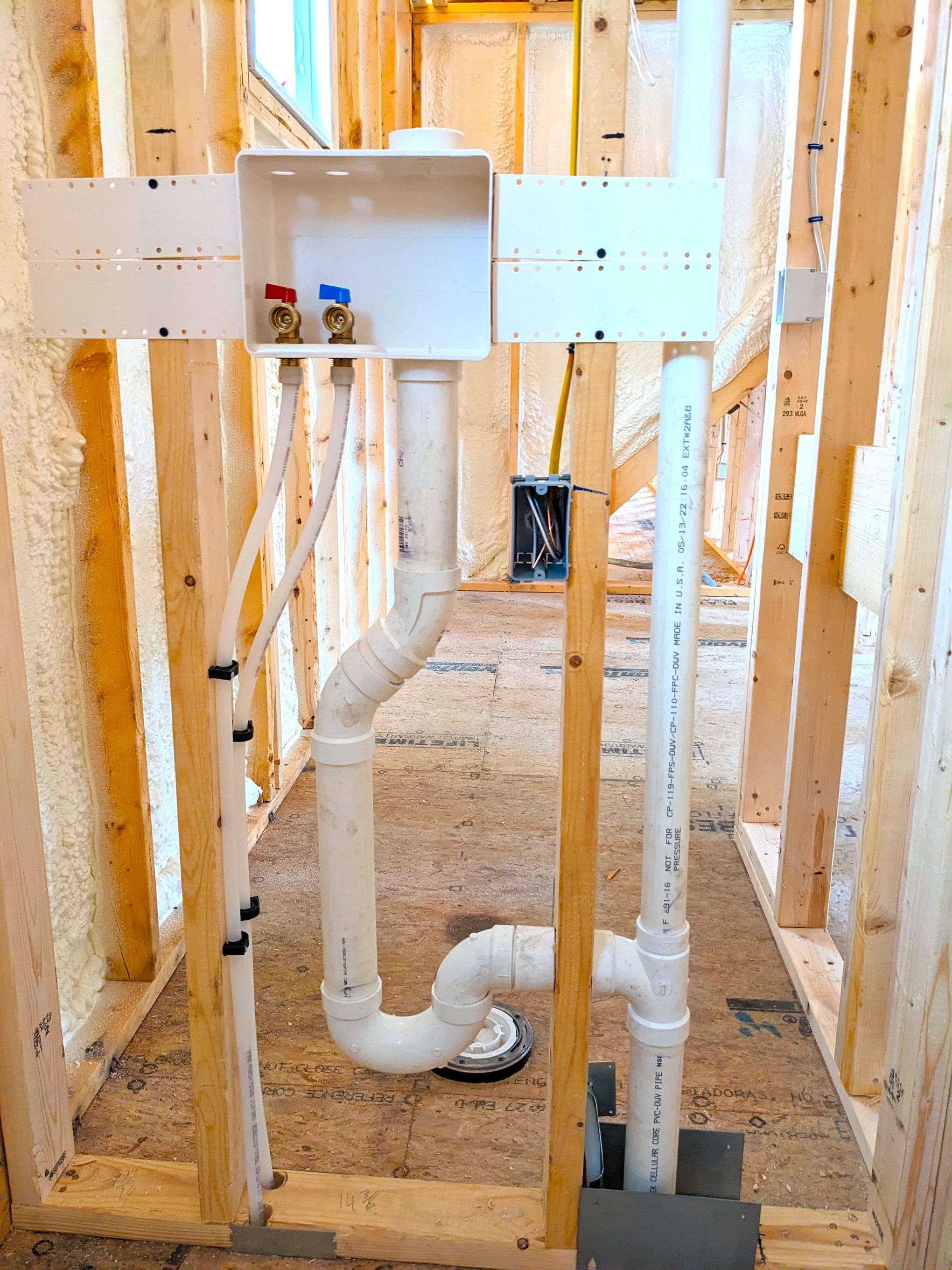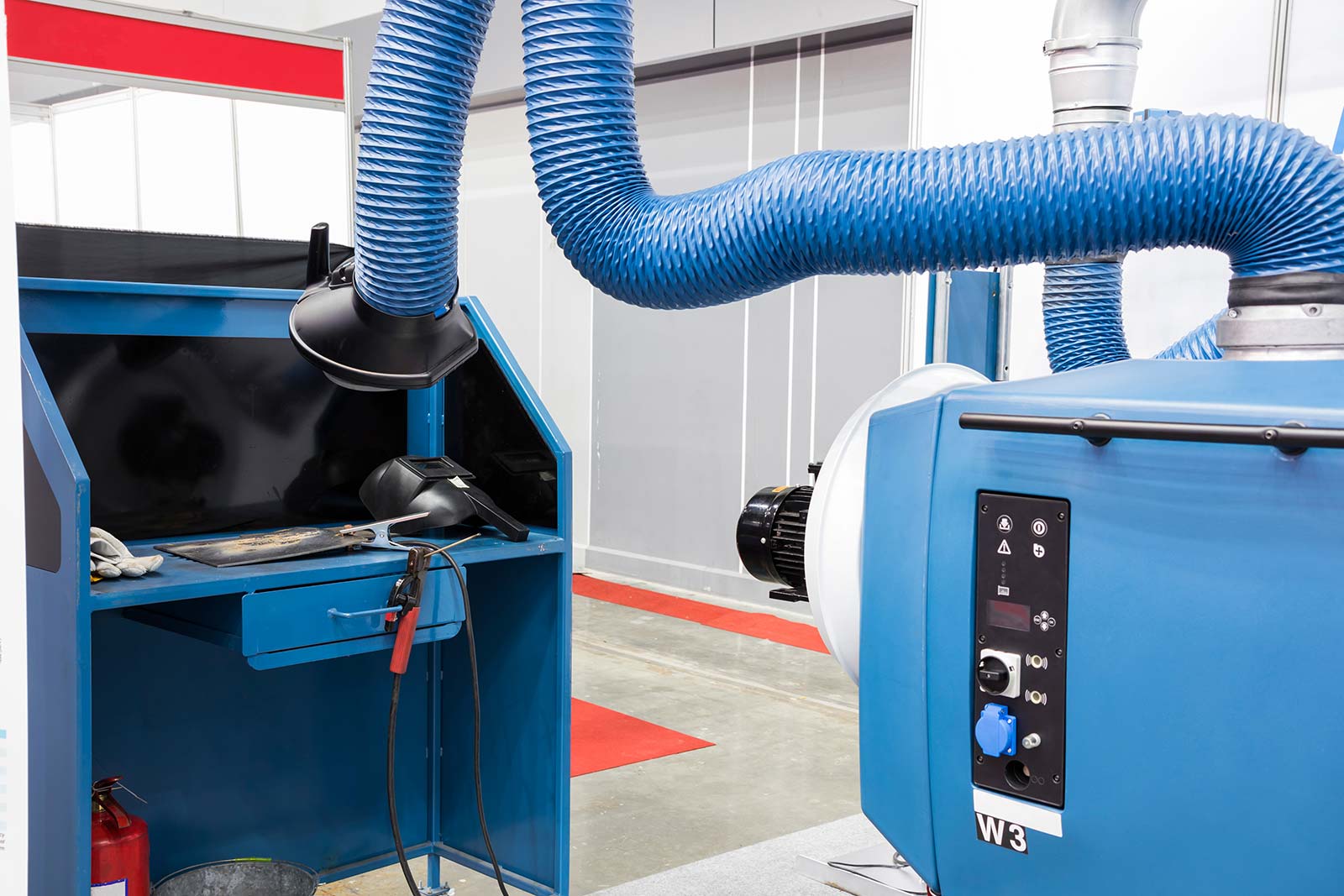Grasping The Value of Correct Ventilation in Plumbing Systems
Grasping The Value of Correct Ventilation in Plumbing Systems
Blog Article
This post directly below on the subject of What Is a Plumbing Vent and Why Is It Important is incredibly compelling. Don't overlook it.

Appropriate air flow in plumbing systems is often ignored, yet it is essential for keeping the functionality and security of your home's pipes. Ventilation assists manage air pressure, avoid the accumulation of harmful gases, and make sure the reliable removal of waste. In this guide, we will certainly explore the value of appropriate pipes ventilation, just how it works, and the advantages it gives your pipes system.
Understanding Air Flow in Plumbing
Ventilation in pipes refers to the network of pipes that permit air to flow through the water drainage system. These vents serve several objectives, consisting of regulating air pressure within the pipelines, protecting against sewage system gases from going into the home, and helping in the smooth flow of wastewater.
Just How Ventilation Functions in Pipes Systems
Atmospheric Pressure Policy
Proper air flow maintains well balanced air pressure within the pipes system. When water flows with pipes, it displaces air. Without adequate air flow, this displacement can produce negative pressure, resulting in reduce drains or siphoning of water from catches, which can create undesirable smells to seep right into the home.
Stopping Drain Gas Accumulation
Among the most essential features of pipes vents is to stop sewage system gases, such as methane and hydrogen sulfide, from accumulating within the home. These gases can posture serious health and wellness dangers and are very combustible. Vent pipelines enable these gases to run away securely outdoors.
Aiding in Waste Elimination
Air flow helps in the effective removal of wastewater by stopping airlocks in the drainage system. When air can flow openly via the vents, it permits water and waste to move smoothly via the pipelines, minimizing the danger of clogs and back-ups.
Kinds Of Plumbing Vents
Key Stack Vent
The major stack air vent, likewise called the air vent pile, is the primary vent in a plumbing system. It expands from the main drainpipe line up with the roof, permitting gases to escape and fresh air to enter the system.
Branch Vent
Branch vents link to the major pile air vent and offer private fixtures, such as sinks, commodes, and showers. These vents make sure that each fixture has appropriate ventilation to operate effectively.
Air Admittance Shutoff (AAV).
An Air Admission Valve (AAV) is a one-way shutoff that allows air to go into the pipes system without the need for a typical vent pipeline extending with the roof. AAVs are frequently made use of in remodellings or locations where mounting a common vent is unwise.
Signs of Poor Air Flow in Plumbing.
Slow Draining Fixtures.
If your sinks, bathtubs, or commodes are draining slowly, it could be an indicator of inadequate air flow. Insufficient air circulation can create a vacuum impact, making it difficult for water to drain effectively.
Gurgling Sounds.
Gurgling sounds coming from drains are usually an outcome of air being sucked with water traps because of unfavorable pressure in the pipelines. This is a clear indicator of insufficient ventilation.
Undesirable Smells.
Sewer odors inside your home are a warning that your pipes system is not correctly aerated. This could mean that sewage system gases are not being appropriately aired vent outside, resulting in possibly dangerous problems.
Typical Air Flow Mistakes.
Poor Vent Sizing.
Using undersized vent pipelines can cause poor air flow and stress imbalances in the system. It's vital to make use of vents that fulfill the certain needs of your plumbing system.
Improper Vent Placement.
Putting vents also much from the components they offer can reduce their effectiveness. Appropriate positioning makes sure that air can stream easily and effectively via the system.
Disregarding Code Demands.
Building regulations offer particular guidelines for plumbing air flow. Disregarding these codes can cause a system that stops working to operate correctly and might bring about expensive fixings or health hazards.
Benefits of Correct Air Flow.
Enhanced System Effectiveness.
Properly ventilated pipes systems operate a lot more effectively, with fewer obstructions, faster draining pipes, and much less strain on the pipes. This efficiency extends the life-span of the plumbing system.
Improved Air Quality.
By stopping sewer gases from entering your home, proper air flow adds to far better indoor air quality, making your living atmosphere healthier and extra comfy.
Preventing Water Damage.
Sufficient air flow helps avoid water from being siphoned out of traps, which can result in drain gases going into the home and triggering water damages with time.
Actions to Make Certain Correct Ventilation.
Consulting Plumbing Codes.
Always consult local pipes codes when designing or modifying your pipes system. These codes give the required guidelines for appropriate venting and guarantee your system satisfies safety standards.
Regular Inspection and Upkeep.
Normal examinations can aid identify possible ventilation problems prior to they become significant problems. Maintenance tasks, such as cleaning vent pipes and looking for clogs, are crucial for keeping the system in good working order.
Professional Installation.
For brand-new installations or major modifications, it's a good idea to employ an expert plumbing. They have the experience to make certain the air flow system is appropriately developed and installed according to code.
Verdict.
Correct air flow is a crucial element of any type of pipes system, ensuring that it works effectively and safely. By comprehending the value of air flow, identifying the indications of bad ventilation, and taking actions to preserve your system, you can protect against expensive issues and shield your home's air high quality.
4 Things You Should Know About Your Plumbing Vents
What Plumbing Vents Are
Also called a vent stack, a plumbing vent is a vertical pipe attached to your drain line that runs through your roof. The plumbing vent pipe, or plumbing air vent, removes gas and odors from your plumbing system and allows fresh air to enter the pipes, helping the water to flow out of the drain pipes.
What Plumbing Vents Do
Plumbing vents have two basic functions. One of which is to allow unpleasant smelling wastewater and sewer gasses to escape your plumbing system instead of entering your home. Plumbing vent pipes are typically located on roofs, away from windows, to ensure the fumes exit the home completely.
The other function of the plumbing vent is to move fresh air into your plumbing system. This helps move water through every plumbing fixture in your house, like toilets and sink drains. Think of the way in which you need to let a little air into the bottle as you pour soda in order to make the drink flow smoothly.
Different Types of Plumbing Vents
True vent: This is the most common vent option. In simplest terms, a true vent is a vertical pipe attached to your drain line that exits through the roof. They often function as the main vent that other fixtures can connect to. Re-vent pipe or auxiliary vent: Attached to the drain line near specific plumbing fixtures, re-vent pipes run up and over to connect to the main vent. Common vent: Two plumbing fixtures installed on opposite sides of a wall are typically tied into the vent stack using something known as a sanitary cross. Wet vent: This venting option operates as a drain pipe and a vent at the same time. Wet vent drainage systems drain water from one fixture while venting the air from another. Although they’ve been used for over 100 years, wet vent systems have only recently been added to the plumbing code in many areas. If you’re planning on installing one in a bathroom remodel, make sure you check your local code prior to construction. Loop vent: For free-standing fixtures like kitchen island sinks, loop vents are ideal. These vent pipes run under the floor, rise from the P-trap, and create a loop inside the cabinet sink. Air admittance valve: An AAV is a one-way mechanical valve typically installed at the site of the plumbing fixture. AAVs allow venting to occur without having to tie into a larger venting system. They’re ideal for venting fixtures where you aren’t able to easily connect to an existing vent system. Common Plumbing Vent Issues
Although vent pipes typically don’t have water flowing through them, they’re still subject to many typical plumbing issues. For example, clogs are one of the most common problems associated with sewer vent pipes. If your vent pipe gets clogged, all of your plumbing fixtures tied into the vent stack will be affected.
A sink with a slow drain that bubbles and gurgles or a strong sewage smell around your toilet are both indicators that your toilet vent pipe is clogged. Because most vent pipes exit through the roof, old leaves, twigs or even a bird’s nest could be clogging the pipe.
Clogs in your vent pipe system cause a buildup of negative pressure, meaning that water won’t be able to flow out of your home very well. It’s similar to putting your finger over the opening of a straw to trap water inside. When you remove your finger, the water is able to flow out of the straw.
If you suspect you have any blockage in your vent, make sure you have a professional come examine the situation. Left unchecked, a blocked air vent can lead to other costly repairs, like leaks and sediment buildup.
Under Pressure
Pipe vents are essential aspects of a home’s plumbing system. Owning a home means learning about all sorts of things you never put much thought into before. But by understanding as much as you can about the important systems of your home, you can keep those budgets intact and those anxiety levels low.
https://www.homeserve.com/en-us/blog/home-improvement/plumbing-vents/

We had been made aware of that article about The Upsides of Proper Ventilation in Plumbing Design through someone on another web address. Sharing is good. Who knows, you could be helping someone out. Bless you for your time. Please visit our website back soon.
Call Today Report this page